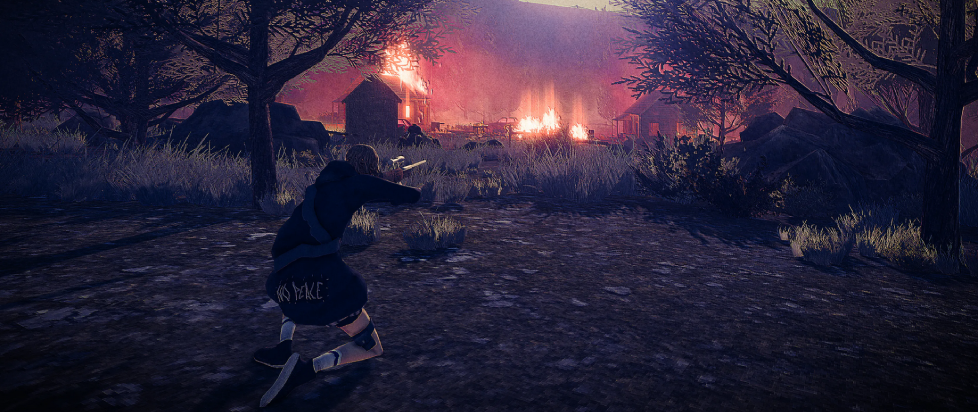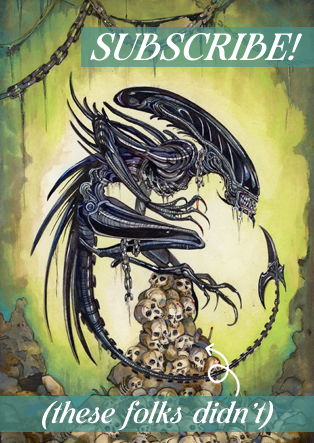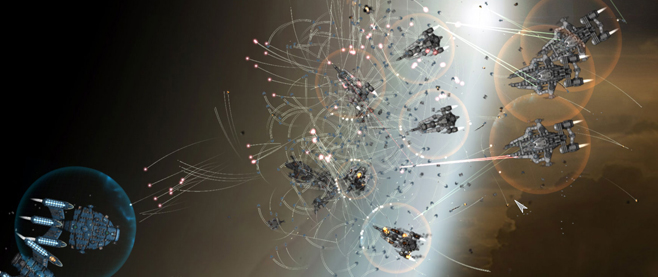
Confronting our Perverse Pleasures with Children of the Sun and Life Eater
If videogames are a tapestry, violence is the thread that weaves the image. Despite the prevalence of casting players in the role of the dispenser of harm, very few of them take time to interrogate what that means, and who is having the violence done to them. Fewer still manage this with successful commentary beyond “well those are people. Did you think about that?” Perhaps the most famous recent example of this was Hotline Miami, which posed the question “Do you like hurting other people?” Not necessarily a criticism of the player enacting absurd amounts of wanton violence set to pulsing synthwave dance music, but rather wanting players to sit with the feeling of why bashing a man’s head in with a baseball bat is fun. Is it because it’s abstracted? Is it because power fantasies are cool? You probably don’t like to hurt people in real life, so why is it so fun to pretend? It’s been a while since Hotline Miami was released though, so what a joy to get two games that pose new, interesting questions about game violence in the span of a couple months.
Children of the Sun by René Rother and Life Eater from studio Strange Scaffold are two games released this year (February and April, respectively) about broken people set on a violent warpath – one for revenge, another to, he hopes, save us all. The original title of Children of the Sun was I Killed a Man and Now I’m Horny (a reference to a JPEGMAFIA song of a similar name), which makes the main character making a fellatory act with her rifle upon clicking “new game” make a bit more sense (as well as the title being repurposed as a chapter in which the character maintains the rifle between her legs; the game is very upfront with the gun-as-phallus imagery). The unnamed protagonist has been wronged by the (also unnamed, but implied by the title) cult she spends the rest of the game hunting with a sniper rifle and telepathic bullet-control powers. The game’s mechanics make for a fantastic puzzle-sniping game with a unique spin on line-of-sight and “viewfinder” puzzle mechanics. What I find most interesting about it, though, is that every single enemy (barring the final “boss”) uses the same abstracted “glowing-yellow man with nondescript features” model. The different enemy types have some visual cues (such as armor, helmets, etc.) but are otherwise identical. Reused assets are common in indie games of this budget, but it’s the abstraction paired with the continued implied psychosexual aspect to the killing that makes me think there’s deeper intent here.
Revenge stories often allow their protagonists to lose themselves to blind rage, and even take pleasure in enacting vengeance on their aggressors, and then to deal with the personal consequences of such a path (losing oneself, losing sight of the goal, the consent of the avenged, etc.), but Children of the Sun doubles down on the pleasure, and in this way, protagonist and player are aligned. At the end of it, Children of the Sun is a game where shooting people with a sniper rifle is fun – and in that way the player enjoys the “killing”. I find the discomfort with taking that thrill and turning it sexual for the protagonist fascinating – why must pleasure intertwine with comfort? Games excel at placing players in extreme situations to safely play out awful scenarios – they needn’t always have the safe hand of the developer to cast away the doubt that the killing is definitely justified. Children of the Sun goes to some length to imply that the acts done to harm the protagonist are unforgivable, and often suggests that the cult is militant, violent, and even deeply obnoxious. But what kinds of justification are necessary to allow the pleasure felt when committing violent acts in games? It’s fun to shoot a gas tank and blow up three cultists at once from half a kilometer away – does the fact that the protagonist more or less explicitly gets sexual pleasure from this make it less OK? Perhaps it’s the intimacy of sexuality – sex mixed with violence is deeply uncomfortable, especially in the United States where, culturally, violence is often noble and sex is either private, or dirty and depraved. Is it the fact that someone is taking non-consensual sexual pleasure from the distance of a sniper scope (I would imagine most people do not want to be shot) that so successfully pushes the discomfort? Does creating both a literal and physical distance to dehumanize the cult members create a greater discomfort in the pleasure that we take in murdering them?
———

Life Eater is a game about dehumanization. You play a druid (in the classic Celtic sense, not the Dungeons and Dragons sense) named Ralph, who believes he is chosen by a god named Zimforth that has tasked him with sacrificing specific people to stall the end of the world. Zimforth is a cruel god, and will not tell the protagonist directly whom he has to kill – Zimforth merely provides clues and it is up to the player to determine who should be sacrificed by stalking them, recording their activities, and finding an opening to kidnap them within the time limit. The killing isn’t quick or merciful, either – it’s ritualistic and gory, and changes depending on the factors of the individual’s life.
Videogames love to dehumanize enemies (it’s much easier to feel OK about killing a masked goon than it is to kill a unique person with a face) but are rarely interested in drawing this to the player’s attention. Life Eater is happy to make this dehumanization text – every mechanic in the game is about reducing a human being down to an Outlook Calendar, a series of repetitive movements throughout the course of a week. A predictable machine with a weakness that must be found and exploited. There’s a core factor to intimacy that Life Eater picks at like a scab – it must be two ways, elsewise it becomes an exercise in alienation. Ralph has no friends (other than the one de-anonymized character, Johnny, whom Ralph keeps in a cage in his basement as a means of self-preservation after Johnny recognizes him in a store), and intentionally keeps all others at a distance so that he may be spared the punishment of having to murder someone he cares for, or spared arrest and subsequently the end of the world for his failure to sacrifice (so he believes). These dynamics force Ralph into a self-imposed isolation and into a painful contradictory loop. He wants someone to tell him that what he’s doing is noble, to tell him that it can’t be helped, but he also cannot allow himself any connection. It is dehumanization that allows him to continue his work, to be able to stomach the murders he’s forced to commit every year.
Life Eater’s powerful sleight-of-hand is that you’ll barely realize it’s happening. The game isn’t all that difficult, and most people have schedules that are reasonably similar. Once you figure out the mechanics, you find yourself moving on to the next victim with grotesque rapidity.
“Oh, these big blocks here are definitely sleeping – do they have a partner?”
“They do, OK, kidnapping them while sleeping is out of the question.”
“There’s a small thirty-minute block only on Thursdays right after work, that’s probably when I can get them.”
The player finds themselves inside Ralph’s head with discomforting ease. Of course, video game violence isn’t real, but it does allow us to slip into highly dehumanizing language rather easily. Life Eater won’t let you forget this, though – at the end of every stage is a scene where Ralph and Johnny’s relationship develops over the course of several years. Every time you finish hunting a person and removing their organs and breaking their ribs and quartering their intestines, you’re presented with Johnny. He sees you. This is part of what Children of the Sun spares the player – the eyes staring back at them through the scope. Children of the Sun is content to force the player to sit with the discomfort of taking pleasure in hunting human beings – Life Eater wants you to rapidly develop a one-sided intimacy with people in order to consume them. Both are acts of aggressive dehumanization.
I’ve probably killed millions of enemies in the ~30 years I’ve played video games. I’ve never been in so much as a fistfight, nor have I ever had the urge to truly harm someone. A former partner of mine once commented that they found it somewhat disturbing hearing me play a round of tactical military shooter Escape from Tarkov with some friends for our game night. They found it distressing to hear me say things like “I’m looting this body” and “I think I shot him in the head – yep, he’s dead” without context from the other room, and while I maintain that game violence is completely divorced from real-world violence in a literal sense, it did stick with me. It gave me great discomfort to know that my partner had been disturbed by me using such terminology for digital representations of people. It’s stuck with me that it isn’t the game actions that make me uncomfortable, it’s the being perceived as I do them. Children of the Sun lets you know that killing is a perverse pleasure, Life Eater will look you in the eye as you do it.
———
Ryan is a Brooklyn-based enthusiast who spends almost as much time playing games as he does thinking about them. You can find more of his work at criticalconstruct.substack.com or @_ryansw on Twitter.





